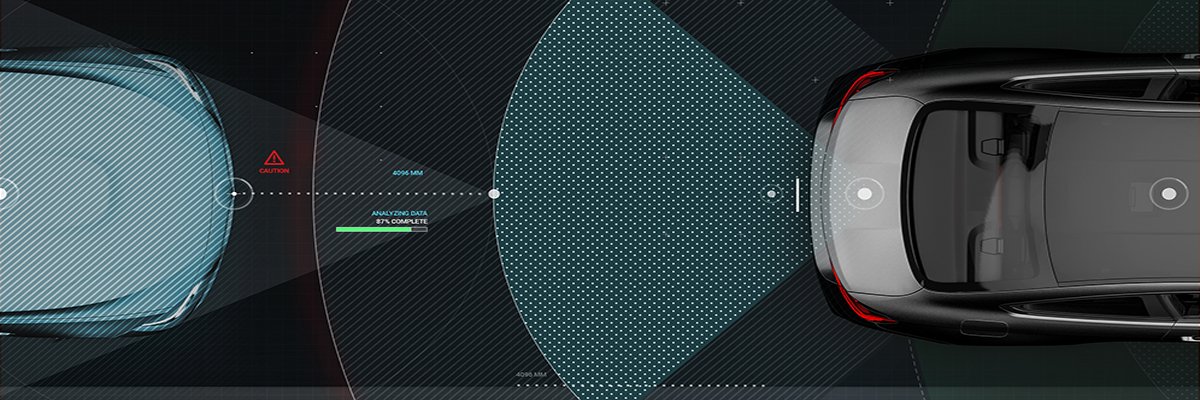
Within five years, smart traffic technology could play a significant role in tackling greenhouse gas emissions.
According to a report from Juniper Research, 205 million metric tons of CO2 emissions could be cut by 2027 if smart traffic technologies continue to be rolled out, 41% more than in 2022. The analyst has claimed this figure is equivalent to almost twice the CO2 emissions arising from UK domestic transport in 2019. “Reducing congestion through optimised traffic control will be the main influencing factor,” said the authors of the Smart traffic management: Use cases, regional analysis and marketing forecasts 2022-2027 report.
Along with the potential to tackle congestion and the emissions associated with traffic, Juniper Research said smart traffic management can prioritise greener transport models.
The report also forecast that investment into smart intersections will reach $10.2bn by 2027, rising from $5.7bn in 2022.
The authors said providers of smart intersection technology are likely to focus on improving connectivity between road vehicles and the local road network ecosystem, mirroring government smart city initiatives. Juniper Research recommended that providers of such technology take advantage of the low-latency capabilities of 5G, combined with machine learning algorithms, to enable network adjustments to be made in real-time and improve traffic flow.
The authors of the report also recommended that cyber security is considered during the implementation of smart traffic systems to maximise public support, negating concerns about data collection and storage. Juniper Research urged developers of smart traffic management systems to prioritise cyber security implementation to protect user data, which is transmitted at every stage of the process.
“Given the potential for cyber attacks to disrupt infrastructure through denial of service, robust cyber security strategies are essential to prevent threats on the integrity of the road infrastructure,” it warned.
In spite of the benefits, the report noted that due to the fact that existing infrastructure is not designed with smart traffic management systems in mind, retrofitting such systems will be expensive and may not deliver all the benefits.
“The late-stage addition of a smart traffic management system to an already existing infrastructure may also cause more financial strain and disturbance to the area than if it had been implemented during the early stages of planning,” the report said.
Smart traffic management systems are also highly advanced and require multiple layers of technology, while governments may lack sufficient expertise both in terms of selecting the right technology and in the management and transition to smart capabilities while keeping disruption for existing stakeholders to a minimum, it concluded.
